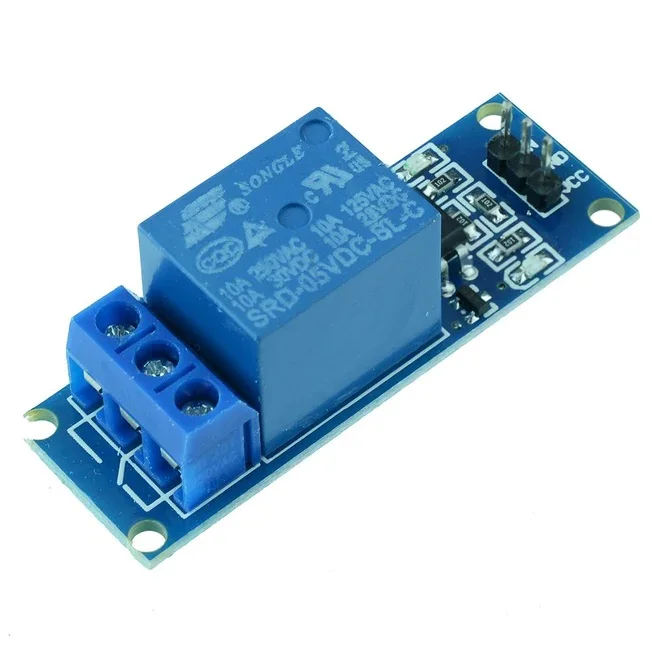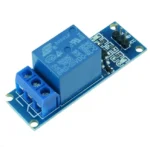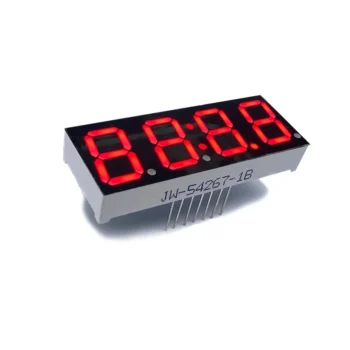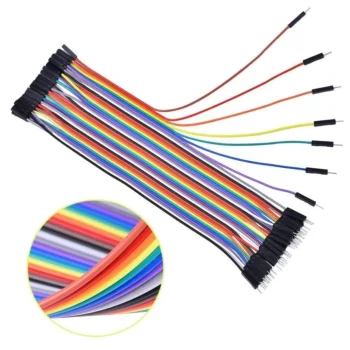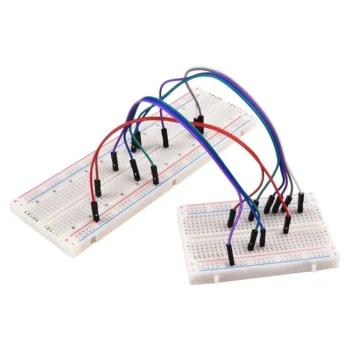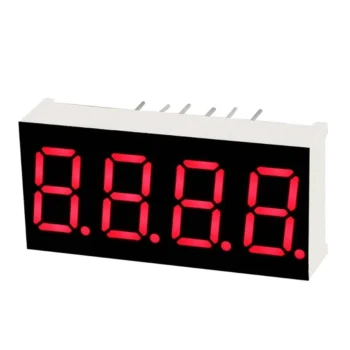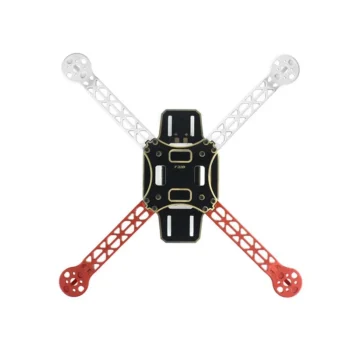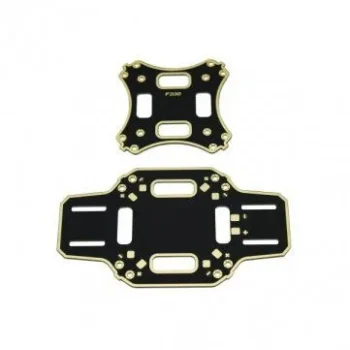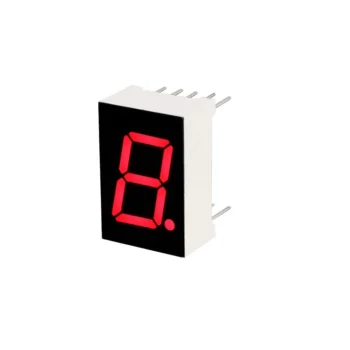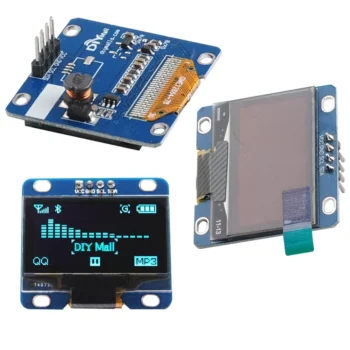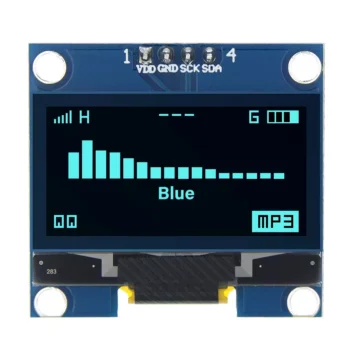5V Relay Module 1 CH
A 5v relay is an automatic switch that is commonly used in an automatic control circuit and to control a high-current using a low-current signal. The input voltage of the relay signal ranges from 0 to 5V.
- Size Guide
Size Guide
DRESSEST-SHIRTBOTTOMSDRESSESSize Chest Waist Hips XS 34 28 34 S 36 30 36 M 38 32 38 L 40 34 40 XL 42 36 42 2XL 44 38 44 All measurements are in INCHES
and may vary a half inch in either direction.
T-SHIRTSize Chest Waist Hips 2XS 32 26 32 XS 34 28 34 S 36 30 36 M 38 32 38 L 40 34 40 XL 42 36 42 All measurements are in INCHES
and may vary a half inch in either direction.
BOTTOMSSize Chest Waist Hips XS 34 28 34 S 36 30 36 M 38 32 38 L 40 34 40 XL 42 36 42 2XL 44 38 44 All measurements are in INCHES
and may vary a half inch in either direction.
- Delivery & Return
Delivery
Store delivery FREE
1-3 working days
Home or collection point from £35.00 FREE
On all your orders for home or collection point delivery
Returns
Return
We will accept exchanges and returns of unworn and unwashed garments within 30 days of the date of purchase (14 days during the sales period).
Returns in store FREE
Your return will usually be processed within a week to a week and a half. We’ll send you a Return Notification email to notify you once the return has been completed. Please allow 1-3 business days for refunds to be received to the original form of payment once the return has been processed.
- Ask a Question
350,00 DA
- Normal Voltage is 5V DC
- Normal Current is 70mA
- AC load current Max is 10A at 250VAC or 125V AC
- DC load current Max is 10A at 30V DC or 28V DC
- It includes 5-pins & designed with plastic material
- Operating time is 10msec
- Release time is 5msec
- Maximum switching is 300 operating per minute
- Voltage supply ranges from 3.75V – 6V
- Quiescent current is 2mA
- Once the relay is active then the current is ~70mA
- The highest contact voltage of a relay is 250VAC/30VDC
- The maximum current is 10A
Related Products
The Arduino Mega 2560 is a microcontroller board based on the ATmega2560. It has 54 digital input/output pins (of which 15 can be used as PWM outputs), 16 analog inputs, 4 UARTs (hardware serial ports), a 16 MHz crystal oscillator, a USB connection, a power jack, an ICSP header, and a reset button.
The Arduino UNO is the best board to get started with electronics and coding. If this is your first experience tinkering with the platform, the UNO is the most robust board you can start playing with. The UNO is the most used and documented board of the whole Arduino family.
0.56 inch Red 4 Digit 7 Segment LED Display CC 12pin
Arduino Nano has enough processing power to control many electronic components. It has several I/O pins, which allows to connect it to many components. , it is a compact and reduced version of Arduino uno maroc.
Arduino Nano has 14 digital inputs/types (6 of which can be used as PWM outputs), 8 analog inputs.
The HW-201 IR infrared obstacle detection module can detect obstacles within a distance range of 2 cm to 30 cm, with a detection angle of 35 degrees.
It can operate with a supply voltage of 3.3 V to 5 V and has a maximum current consumption of 100 mA. The module outputs a digital signal, high when an obstacle is detected, low when no obstacle is detected.
The infrared LED has a wavelength of 940 nm and an operating frequency of 38 kHz. The module operates at temperatures between -25 °C and +55 °C.
The ESP32-CAM is an ESP-WROOM-32 development board from AI Thinker, paired with a 2MP OV2640 color camera. The ESP32-CAM module also features an SD card reader that can be used to record images when an event is detected (e.g., presence or motion detector).
0.56 inch 4 Digit 7 Segment LED Display Red Clock 12 Pin Common Cathode Digital Display
- Wheelbase: 330mm
- Material: Glass Fiber + Polyamide-Nylon
- Moter Mounting Hole Diameter: 3 mm
- Arm Size: 155×34 (LxW) mm
- Weight: 160 gm
1.3-inch OLED display module with a 128×64 pixel resolution and a blue monochrome screen. It uses an I2C/IIC interface for communication, requires a 4-pin connection, and is compatible with 3.3V to 5V microcontrollers like the Arduino. Key features include high brightness, self-emission (no backlight needed), high contrast, low power consumption, and a wide viewing angle
